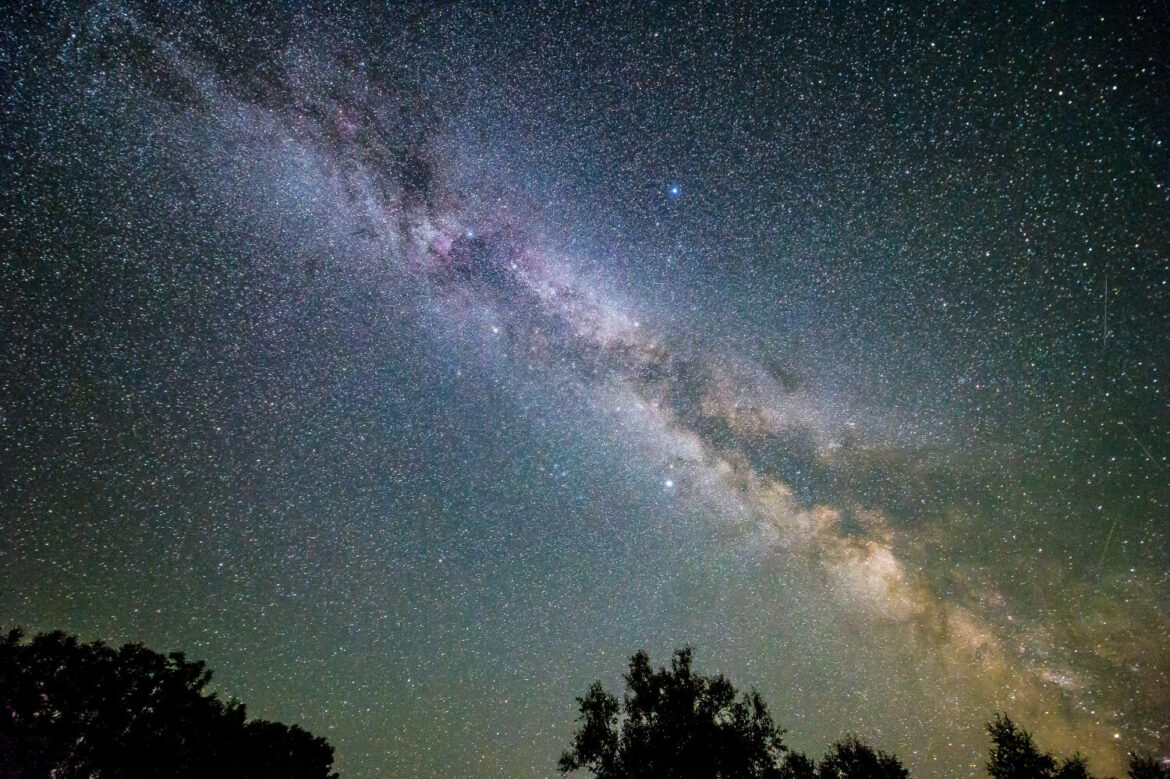Two international teams of scientists, with the participation of astronomers from the Astronomical Observatory of the University of Warsaw (UW), announced the discovery of a free black hole in the Milky Way. This is the first such a detection in the history.
The existence of black holes, objects with a gravitational force so great that no signal, even light, could escape from them, was predicted back in the 18th century. For many years, such objects remained purely theoretical creations, because the lack of emitted signals prevented their detection.
The discovery of a free black hole in the Milky Way is the result of many years of observations carried out as part of the OGLE project carried out by the University of Warsaw. This project uses the so-called gravitational microlensing.
The phenomenon of gravitational microlensing OGLE-2011-BLG-0462 was discovered on June 2, 2011, by astronomers from the large-scale OGLE sky survey conducted at the Astronomical Observatory of the University of Warsaw, led by Prof. Andrzej Udalski. The facility was also registered by the New Zealand-Japanese MOA project.
This phenomenon was regularly observed by the OGLE project team for the next nine years. 15,545 extremely precise measurements of the brightness of the object were collected, which became the basis for modeling the photometric effect of the phenomenon.
Dr Przemysław Mróz, a member of the OGLE team who participated in modeling the phenomenon explained that the modeling results clearly indicate that the OGLE-2011-BLG-0462 phenomenon was caused by a giant object with a mass of several suns. “Since the light from an ordinary star with such a mass would be easily recorded, the lens must be a non-luminous object – a free black hole with a stellar mass”, adds Dr Mróz.
Adrian Andrzejewski





